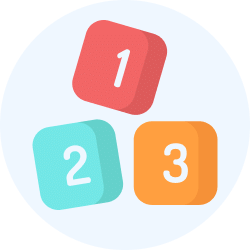Means of Transport Class 1 Notes EVS
| Table of contents |

|
| Introduction |

|
| Different Means of Transport |

|
| What is Personal and Public Transport? |

|
| Once Again! |

|
Introduction
- Have you ever wondered how people travel to faraway places? We cannot walk everywhere, especially if the place is very far! That’s why we use different types of transport to help us move from one place to another.
Long ago, people did not have cars, buses, or trains. They used bullock carts, horse carriages, and boats to travel. Bullock carts were pulled by strong bulls and were used to carry people and goods from one place to another. But they were slow and took a long time to reach faraway places.
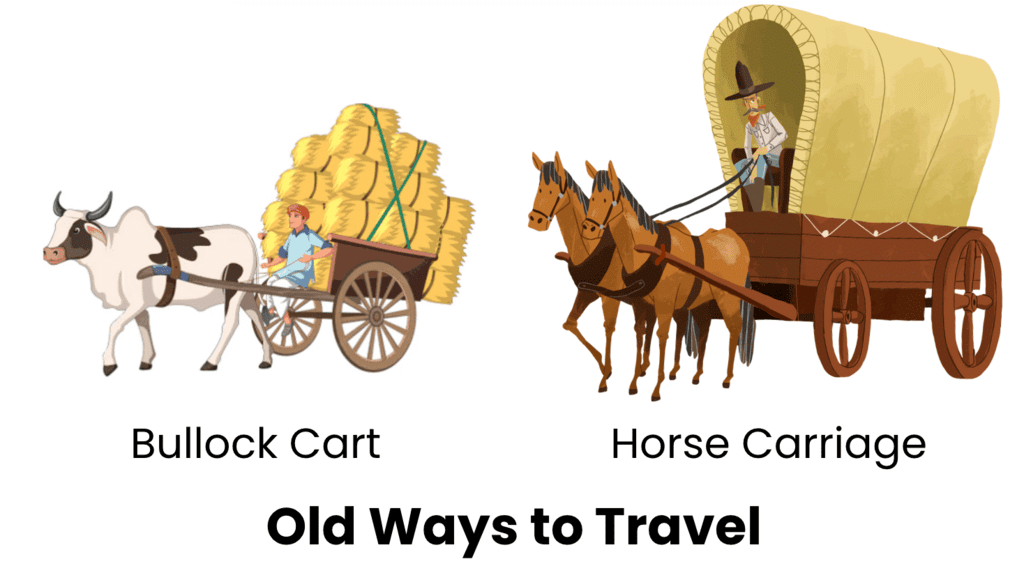
Today, we have many faster ways to travel! Cars, buses, and trains help us move on land, aeroplanes fly in the sky, and ships sail across the water.
Transport makes our journeys quick, easy, and fun!
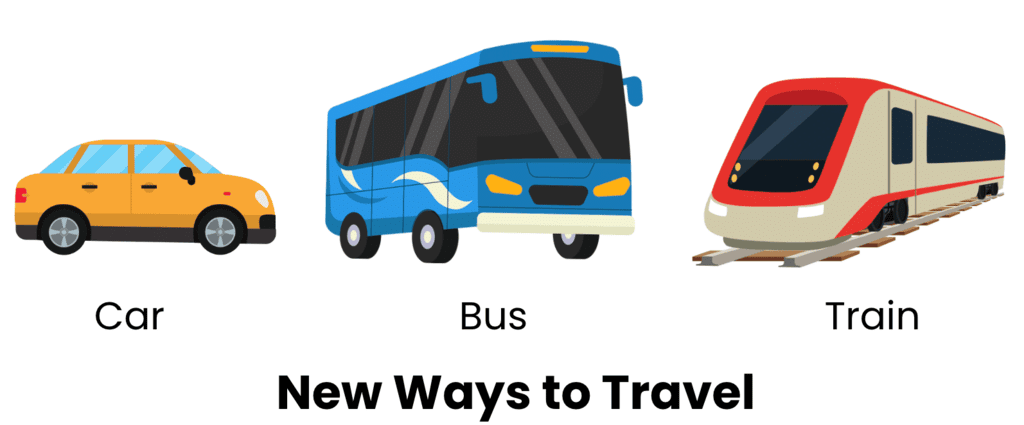
Different Means of Transport
Land Transport
- Have you ever ridden a bus, car, or bicycle? These are all types of land transport because they move on roads or tracks. Long ago, people used bullock carts and horse carriages to travel, but today we have faster and more comfortable vehicles.
- Some land transport, like cars, buses, and motorcycles, move on roads. Others, like trains and trams, run on tracks. Land transport helps us go to school, visit friends, and travel to different cities. Let’s learn more about these wonderful ways to travel on land!

1. Road Transport
- Roads connect various villages, towns, and cities.
- The most common types of vehicles used on roads are buses, trucks, motorcycles, scooters, rickshaws, cars, vans and bicycles.
- A bus can carry a large number of passengers, approximately 50 to 60.
 Bus
Bus
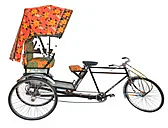 Rickshaw
Rickshaw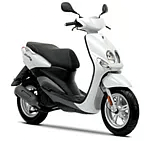 Scooter
Scooter
2. Rail Transport
- Rail transport refers to the movement of people or goods using rails or tracks.
- This includes different types of trains, such as passenger trains and freight trains.
- It also covers metros and trams.
- Compared to road transport, rail transport is capable of carrying a larger number of people and goods.
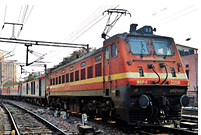 Train
Train
 Metro
Metro
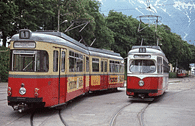 Tram
Tram
Air Transport
- Air transport refers to all types of transportation that occur in the sky, including aeroplanes and helicopters.
- It is the fastest way to travel, allowing connections between major cities in a short time.
- However, air travel can be quite expensive.
- With air transport, it is possible to reach another country in just a few hours or sometimes within a day.
- Hot air balloons and blimps are types of flying technology often used for fun rides.
- A rocket is a type of flying vehicle designed for space exploration or as an airborne weapon.
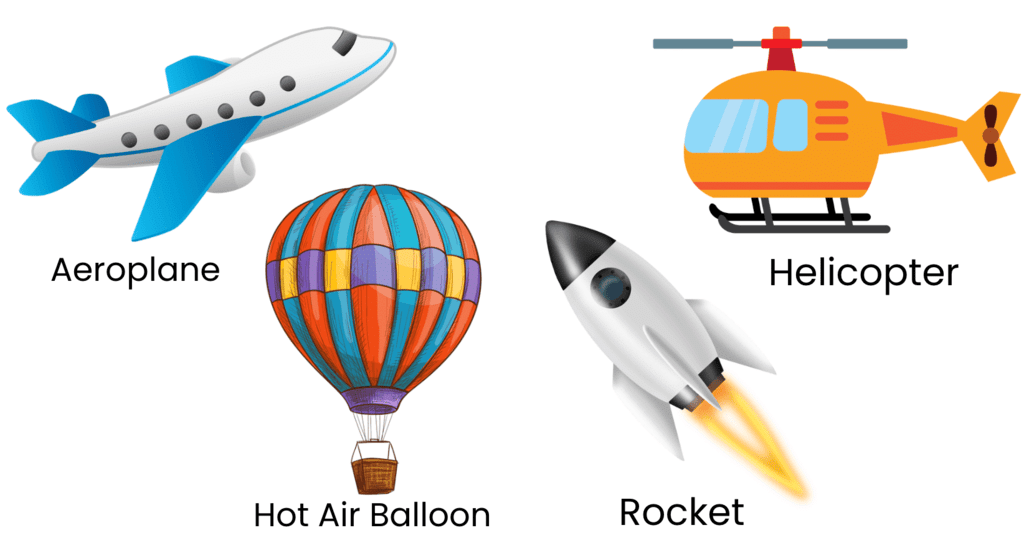
Water Transport
- Water transport includes various types of vehicles such as boats, ships, steamers, yachts, and submarines.
- Steamers and boats travel along large rivers, while ships navigate in oceans and seas, transporting both passengers and goods from one location to another.
- Compared to other forms of transport like road, rail, or air transport, water transport is generally slower.
- A yacht is a medium-sized sailing vessel designed for private activities such as cruising or racing, and it is not used for commercial purposes.
 Yacht
Yacht
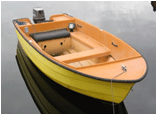 Boat
Boat
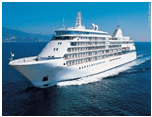 Ship
Ship
- Submarine: A submarine is a watercraft designed to operate completely underwater in the sea for a long period. Submarines are most noticeable in navies and are used for military purposes. However, they are also used by scientists to travel deep into the sea to study deep-water sea life.
 Submarine
Submarine
What is Personal and Public Transport?
Personal Transport
Have you seen your family use a car, scooter, or bicycle to travel? These are types of personal transport because they belong to a person or a family and are not shared with others like buses or trains.
- Bicycles are a simple and healthy way to travel short distances.
- Scooters and motorcycles are small and can move through traffic easily.
- Cars are comfortable and can take a family to different places.
Personal transport helps people travel whenever they want, without waiting for a bus or train. It makes travel easy, quick, and comfortable!
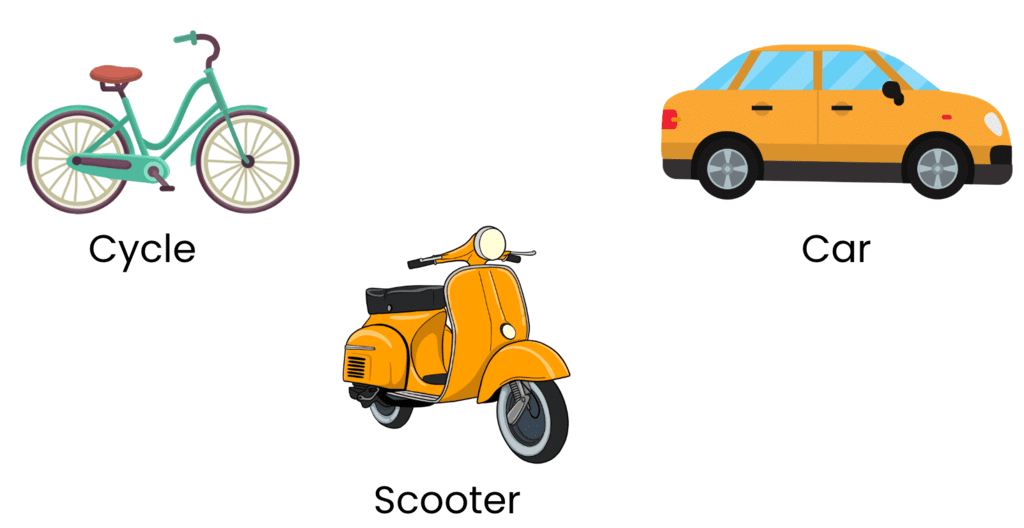
Public Transport
Have you ever travelled in a bus, train, or metro? These are examples of public transport, which means they are used by many people at the same time. Unlike personal transport, public transport does not belong to just one person or family.
- Buses travel on roads and stop at different places to pick up and drop off passengers.
- Trains and metros move on tracks and can carry many people at once.
- Auto-rickshaws and taxis are also public transport because different people can use them when needed.
Public transport helps people travel together, save money, and reduce traffic on the roads. It is an important way for many people to go to school, work, or other places every day!

Once Again!
- Transport makes our lives easy by helping us travel quickly and safely.
- Whether we go by road, water, or air, there are many ways to reach different places. Imagine a world without transport—how long would it take to visit friends or go on a trip?
- Thanks to cars, buses, trains, boats, and aeroplanes, we can explore the world with ease!
|
33 videos|215 docs|44 tests
|
FAQs on Means of Transport Class 1 Notes EVS
| 1. What are the different types of transport used by people? |  |
| 2. Why is transport important in our daily lives? |  |
| 3. How do different modes of transport affect the environment? |  |
| 4. What safety measures should be followed while using transport? |  |
| 5. How can we choose the best mode of transport for a journey? |  |



